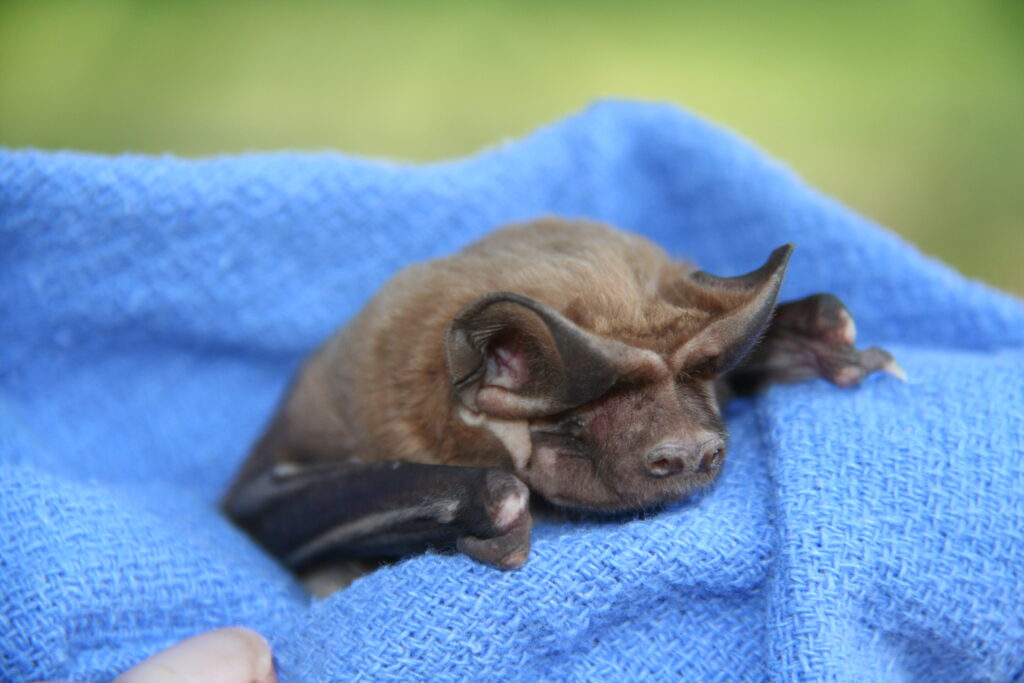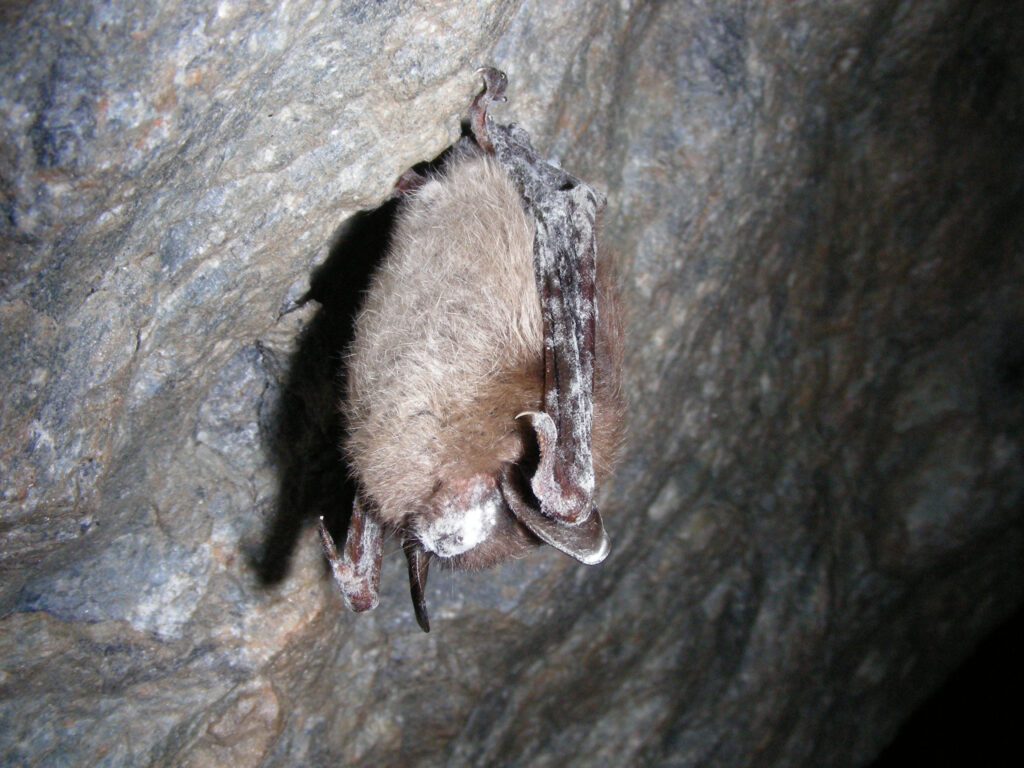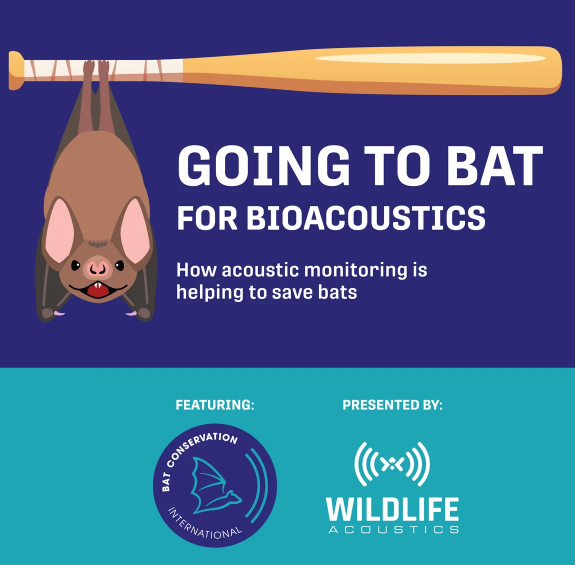Recently, Wildlife Acoustics and Bat Conservation International partnered together to host a webinar highlighting the use of bioacoustics in bat conservation across the globe. The webinar featured three case studies tackling the impacts of white-nose syndrome, habitat loss and climate change with the help of bioacoustic technology. Here, we provide a summary of these case studies and the applications of acoustic monitoring in these investigations.

Florida USA, Dr. Melquisedec Gamba-Rios
Endemic to the region, the Florida Bonneted Bat (Eumops floridanus) is increasingly threatened by habitat loss from sea level rise and destructive development. This species has one of the smallest ranges in Southern Florida and utilises old tree cavities and large, open spaces for roosting and feeding. Dr. Gamba-Rios and his team sought to identify critical habitat for this endangered species using bioacoustics, hoping to support their fragile populations.
The team used acoustic recorders to identify key roosting and feeding areas for the species. Interestingly, they found that Miami’s zoo, golf courses and tropical parks had high numbers of Florida Bonneted Bat calls. The research showed that the large, open areas surrounded by forest and absence of artificial light of these locations provided an ideal foraging space for the species.
Since these bats require older, cavitied trees, the habitat of the group is at risk as development increases. Plans for water park construction were proposed on a key site for this species, however the evidence gathered here was used to challenge the proposal, resulting in its rejection to protect key bat habitat. In March 2024, over 1.1 million acres of critical habitat were designated for the species in Florida, including foraging areas in urban habitat and over 4,000 acres of Miami Pine Rocklands. Federally protected species are known to be twice as likely to move toward recovery than those without protection, so the designation of these spaces is incredibly important in securing the future of this species.

Nyungwe National Park, Dr. Jon Flanders
Last seen in 1981, the Hill’s Horseshoe Bat (Rhinolophus hilli) was considered a ‘lost’ species in Rwanda. In January 2019, a group of scientists and researchers, including Dr. Jon Flanders, set out on a 10-day expedition in Nyungwe National Park, looking to rediscover this elusive animal.
Nyungwe National Park rangers played a key role in the early stages of this project, identifying caves and key habitat for bats in the area. The rangers conducted acoustic monitoring using SM4 Acoustics to identify foraging and roosting areas, collecting over 260,000 files of acoustic data. Eight of these recordings successfully detected the calls of the Hill’s Horseshoe Bat, found in small, defined ranges. During the 10-day trip, the team worked relentlessly to catch, measure and collect DNA samples from bats using mist nets and harp traps in these locations. The team successfully captured two Hill’s Horseshoe Bats and confirmed the capture of this critically endangered species with museum archive specimens. The expedition highlighted the spectacular diversity of Nyungwe National Park which features a large number of rare and endemic species, and these findings reinforce the parks importance as a biodiversity hotspot.

White-nose Syndrome, Dr. Amanda Adams
White-nose syndrome is a cold-loving, infectious fungal disease found in bats. The fungus manifests in a total skin infection, most visible around the muzzle of the animal. This infection is responsible for significant mortality in several species, where the infection causes bats to wake often during hibernation – burning their fat stores, causing dehydration and starvation. Infected bats can expend up to twice the amount of energy as healthy individuals during hibernation, severely impacting their ability to survive the winter. Because of this, six million animals have succumbed to this infection so far, impacting 12 out of 44 species found in the USA.
Dr. Amanda Adams sought to use bioacoustics to enhance the management of foraging habitat to support these species through hibernation. The team used the Song meter mini to search for the presence of bats and observe their feeding behaviours. They found that feeding behaviours were observed up to three times more in prey patches, and this allowed researchers to designate feeding habitats for affected species. The survey will be used to inform vegetative management on passing corridors, aiming to increase the productivity of foraging areas to support the health of infected bats.
The ‘Going to Bat for Bioacoustics’ webinar provided an engaging insight into the applications of acoustic monitoring in bat research, showing how the technology can be used to support bat conservation. To learn more, the Wildlife Acoustics website has a range of training courses and webinars. Upcoming events can be found here.

